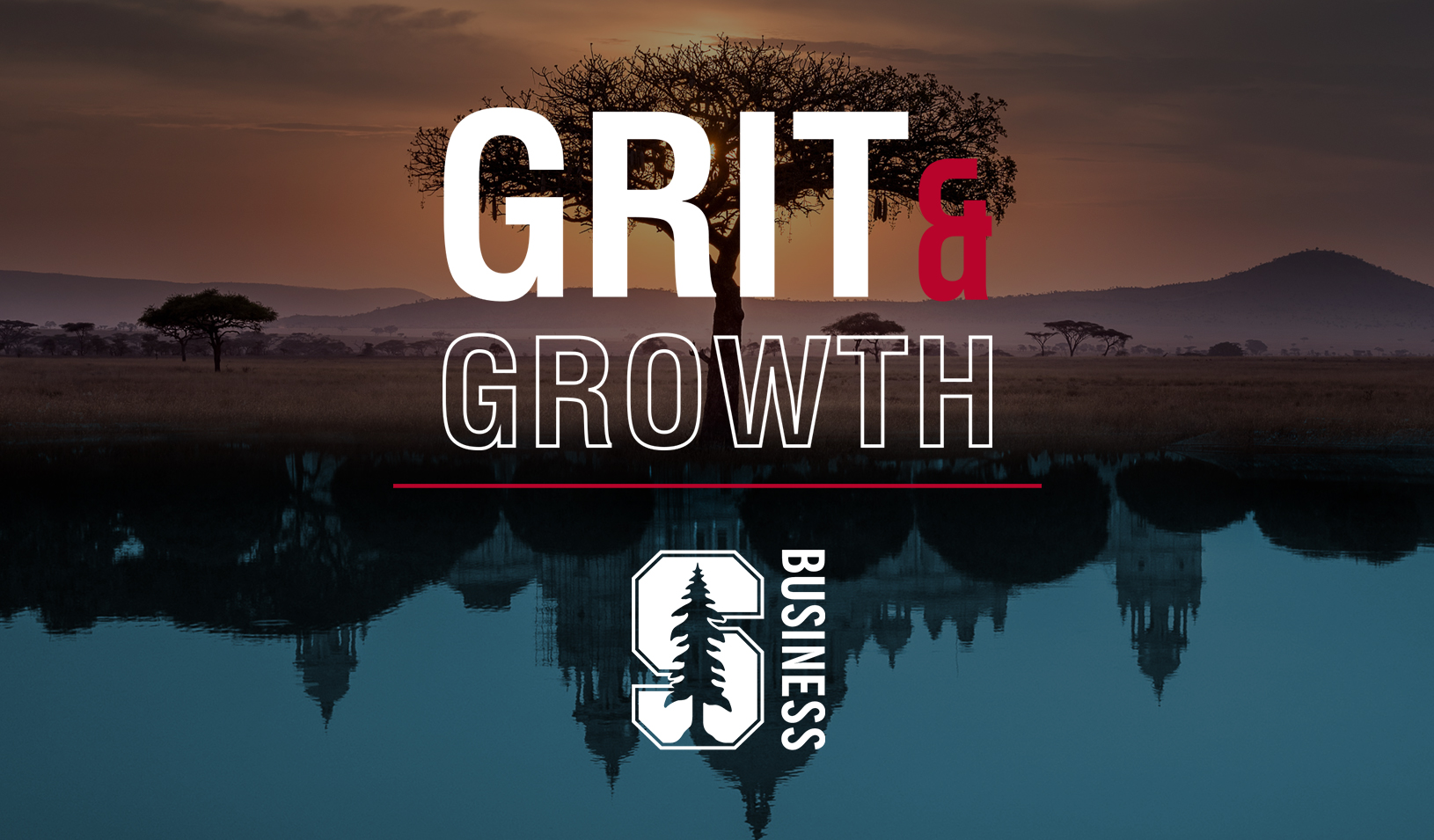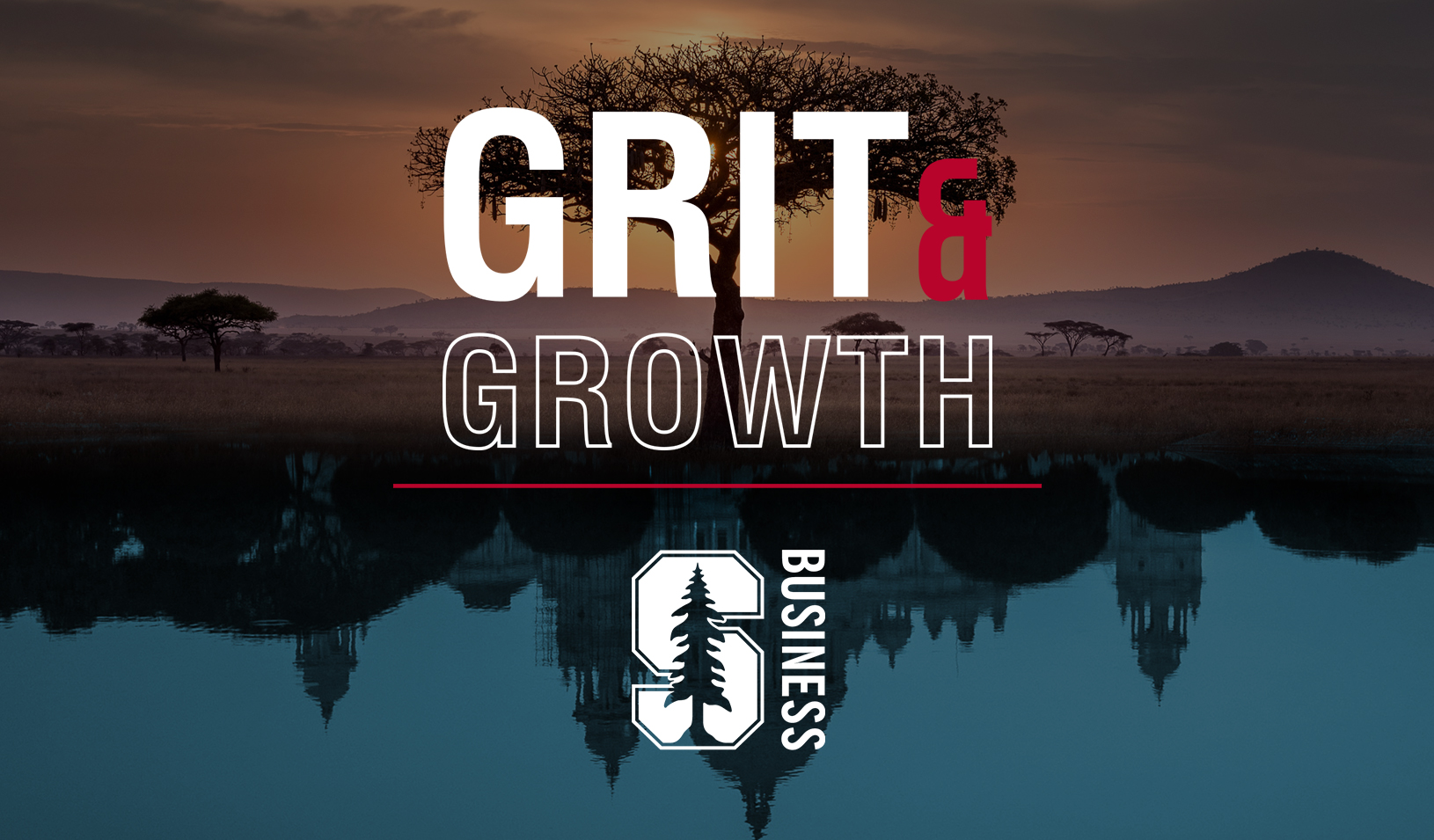
Soccer teams like the Earthquakes are incorporating more wearable technology into practices, which could help prevent injuries or even identify which players should share the field. | Kyle Terada-USA TODAY Sports
For San Jose Earthquakes president Dave Kaval, Major League Soccer has the attributes of a Silicon Valley startup. As a challenger to Americans’ obsession with football, baseball, and basketball, the sport must be nimble and innovative, and it has to appeal to digital natives.
Here, the Stanford Graduate School of Business alum (MBA ’03) talks about the team’s brand-new $100 million Avaya Stadium, trends that are shaping the business of sports, and the possibilities — and challenges — of big data.
What’s it like leading a sports team in Silicon Valley?
Innovation is a huge part of the culture. It’s almost a lifestyle. Our patrons are more accepting of the fact that we try a lot of new things. Not all of the things we try are perfect, and some of them aren’t going to work out. But that’s OK, because there will be lessons from the failure.
How would you describe your managerial style?
I expect a lot from people, but I also give them a lot of room. I’d rather have someone on my team who’s willing to go three for 10 and make seven mistakes than someone who wants to go one for one. It’s taken me a period of years to develop that, but it means we try a lot of things. If you’re a small organization and you don’t have that kind of an outlook, you’ve lost your competitive advantage.
How does that mindset fit into the broader culture of Major League Soccer?
Sports are, traditionally, bound by old-school thinking. But we’re in a sport that has to be innovative because we’re a challenger. If we don’t try a different blueprint, we’ll continue to sit behind these other major sports in the U.S.
The NFL was able to accelerate its growth because they built it around television. MLS can take advantage of the internet. Our fans, especially the 18- to 24-year-olds, are digital natives. They’re used to being in an environment where they tweet and text and Snapchat and Instagram and have all that interaction during the game. If we can talk to them in their language, we’ll be able to reach them with our content in a comfortable way. That creates a virtuous circle and a better breeding ground for our fans.
Another thing is that the way our sport is viewed, with the continuous flow of the game, is actually a good thing. Instead of having commercial breaks, we’re channeling attention directly to the sport. We can have things like jersey partners. On an NBA team, you don’t see a big name on the front of a jersey, but in our league, Seattle will have “Xbox” right on the front. That’s a new way to approach commercial revenue.
What is the biggest question facing the league right now?
Quality of play, straight up. How can we bridge the gap between where our league is right now and the top leagues in the world? If we can find a way to shrink that gap and get closer to the top teams and leagues in the world, our TV revenue is going to increase, our fans are going to be more excited, and we’re going to be able to compete closer or even above some of the other pro sports.
How are you using technology to change the fan experience?
You have to start with the infrastructure. That’s why we were so happy to partner with Avaya on this best-of-breed, cloud-enabled stadium. We can build applications on top of that and have 8,000 to 10,000 concurrent users all downloading video, posting to social media, sending messages, everything they need to do to have their digital life.
Avaya wants to use this as a petri dish for its technology, which gives us a platform to try things we would never have been able to do. Like, for example, a fan engagement wall where you interact with a screen, and it will know who you are and might show content based on who your favorite player is. Stuff like that was only talked about five years ago, but it’s happening now.
And on the flip side, you get to know all about your fans.
Exactly. You get all this data, and you figure out how they’re engaging, why they’re engaging, what matters to them, and what doesn’t. Say a fan enters the stadium 33 minutes before the game in spring, but in the summer they get there much later. Why is that? Maybe that affects the game times we set for the future. Or maybe it affects parking and traffic flow in and out of the game. You can get some very cursory information about these fans and what they’re doing, but we’re trying to get a couple layers deeper to really understand their behaviors and track that over time.
Is soccer the next sport in the big-data revolution?
I don’t think anyone’s figured that out. In some ways, our sport is the closest to chaos. It’s one of the few sports where you can be utterly dominated and win. So what are the variables that matter? It’s very, very difficult to predict. But that’s what makes it exciting, I think, to the statisticians or sabermetricians.
We give our coach and general manager statistics on everything from possession to passing accuracy to duels won, but it’s just another data point that you use to make sure you’re managing a team effectively. You have to use it as one of many tools, but you can’t say that it’s the holy grail. Any soccer team that says they have it all figured out would be lying to you.
What about wearable sensors and biometric data?
We use the Adidas miCoach system, which tracks the players in training — their heart rate, this statistic called “power,” how fast they accelerate, how far they run. It’s most helpful in managing the training and getting players back from injury into fitness shape. One thing you can see is that the younger players are more interested in knowing about these things. On the other hand, the international players usually don’t care at all. So there’s a big gulf. Also, FIFA doesn’t allow you to wear this stuff in a certified game. You’re missing the actual game data, and that’s important because players play differently in those settings.
Getting back to the analytical problem, you could have all these wearable technologies on the players and even in the ball. Then you might be able to create more of a predictive model of what’s happening in the game. It could enable you to understand which players should play together. I don’t think the technology is there yet, but more and more people are going to be comfortable with it. It’s going to create data in ways we’ve never seen, and that’s the only way you’re going to be able to get anywhere close to a predictive model on this game.
Hopefully, you’ll have enough processing power to decipher it all. Because that’s another problem: You have so much information coming at you, how do you even figure out what it is? How do you very succinctly visualize the data for decision-makers? That piece is missing.
What does the stadium of the 21st century look like?
One of the key things with the modern stadium is that it’s not just about the bells and whistles; it’s about focusing on the product that you have there. There’s an elegance to the simplicity of our stadium. We built a soccer stadium so people can see soccer.
The other thing is creating a tailored experience for fans. Avaya has this identity engine, so when you’re on the Wi-Fi, it knows who you are, which allows us to make the stadium experience different for everyone. I don’t think we’re all the way there yet, but it’s going to revolutionize sports. It’s going to make people more interested in coming to these venues. There was a long period of time when you went to the stadium because it was so much better than being at home. What’s happened recently is that it’s flipped. It’s easier to just stay at home because there are so many people, and [there’s] so much traffic, and it’s expensive, and you just want to stay at home with your kids and go to the bathroom down the hall. What we’re trying to do here with Avaya Stadium is go to the next level. The atmosphere and the experience are so good, it’s a lot better than staying at home.
Dave Kaval graduated from Stanford Graduate School of Business in 2003.
Learn more about the future of sports at the 2015 Stanford GSB Sports Innovation Conference.
For media inquiries, visit the Newsroom.






